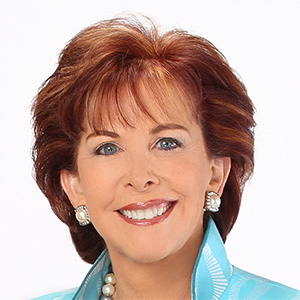California issues landmark rules to improve home insurance market
Published in Business News
Landmark regulations intended to encourage insurers to write more policies in risky wildfire neighborhoods through the use of complex computer models were released Friday by the state.
Under new rules intended to stabilize California's troubled home insurance market, insurers will be able to set rates by drawing on a wide swath of meteorological, geographic and other data in establishing rates, rather than largely relying on historical losses.
The insurance industry argued the change was imperative given global warming's role in a number of wildfires, including in 2017 and 2018 when thousands of homes burned down. In setting their rates, insurers also must account for efforts to make properties fire resistant.
"With our changing climate we can no longer look to the past. We are being innovative and forward-looking to protect Californians' access to insurance," Insurance Commissioner Ricardo Lara said in a statement.
The new regulations — a central element of Lara's Sustainable Insurance Strategy — drew support from the industry and others, including farm and environmental groups, but a mixed response from consumer advocates. Los Angeles group Consumer Watchdog contends that the computer models will be a "black box" that will lead to sharp premium hikes.
The regulations that take effect Jan. 2 arose out of a broad agreement Lara reached with the industry that gave insurers regulatory concessions, including the use of the computer models, in exchange for a commitment by large insurers such as State Farm, Farmers and Allstate to write policies in neighborhoods prone to wildfires equivalent to 85% of their statewide market share. That would mean, for example, an insurer with a 10% share of the state's homeowners insurance market would have to cover 8.5% of the homes in riskier neighborhoods as identified by the department. No such requirement currently exists.
The changes come as residents living in mountainous and hillside neighborhoods have found insurance harder to come by, forcing them to buy bare-bones policies from the FAIR Plan, the state's insurer of last resort, which has seen its risk exposure mushroom from $153 billion in 2020 to $458 billion as of September.
The regulations establish a process by which the computer models, which are developed by companies such as publicly traded Verisk Analytics, can be reviewed by the state and the public. The department also said it has hired an expert in a newly created position to oversee the process of "examining model integrity and ensuring public review."
Consumer Watchdog has argued that the review process will still allow the modeling companies and their client insurance companies to keep essential elements of the proprietary models out of the public's eye, violating the public review provisions of Proposition 103, the 1988 initiative spearheaded by the group that rewrote the state's insurance regulations.
It also contends there are loopholes that will allow insurers to skirt the 85% coverage threshold.
"Consumers should expect large rate hikes but not more insurance policies sold under the new rules," Carmen Balber, executive director of Consumer Watchdog, said in a statement.
Michael Soller, Lara's chief spokesperson, disputed the criticisms and said the department's regulatory review process gives it the authority to prevent unwarranted rate hikes and to ensure that insurers are making progress in meeting the 85% coverage goal.
"We don't get this done unless we have companies writing policies. If you don't write the policies, you don't use the tools," he said.
Amy Bach, executive director of San Francisco group United Policyholders, acknowledged there was "wiggle room" in the regulations regarding the coverage threshold, but she expected there would be negotiations as insurers file for rate hikes and are pushed to meet the 85% figure.
"The principle is there, the concept is out there, the deal is out there, and honestly, there's no other solutions on the horizon that are anywhere close," she said.
The department noted support from the Environmental Defense Fund, which was quoted stating the models "are essential for modeling perils like flood and wildfire that are now worsening as the planet warms." Also cited was the California Farm Bureau, which said the models should increase insurance access for farmers.
The American Property Casualty Insurance Assn., a national trade association representing home, auto and business insurers, released a statement that called California's current insurance regulations "outdated" and "too slow to respond to rapidly evolving conditions."
"California will continue to have a robust regulatory and rate approval process that guarantees that rates reflect the actual cost of covering claims. We look forward to working with [the department] to implement these new regulations and make sure they are efficient and workable," it said.
©2024 Los Angeles Times. Visit at latimes.com. Distributed by Tribune Content Agency, LLC.












Comments